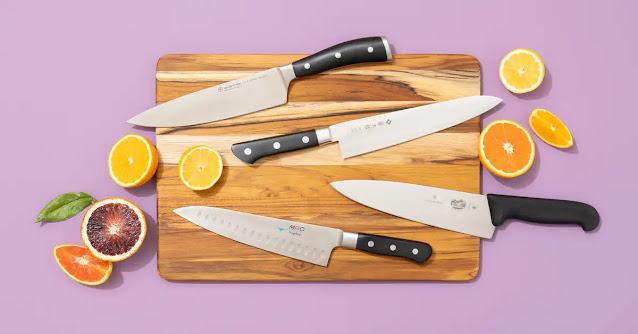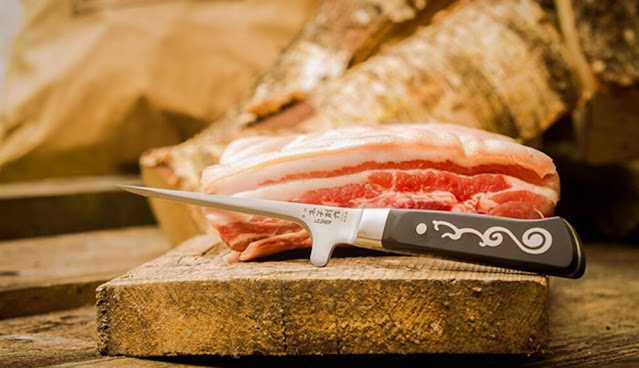The Ultimate Guide to Choosing and Using a Filleting Knife
A filleting knife is a specialized tool designed to make filleting fish an efficient and effortless process. However, with a vast array of filleting knives available in the market, choosing the right one can be quite challenging. In this guide, we'll explore everything you need to know about filleting knives, including how to choose the right one and how to use it effectively.
Blade Material: Filleting knives are commonly made from either stainless steel or high carbon steel. Stainless steel is rust-resistant and requires less maintenance, while high carbon steel is sharper and holds its edge for longer periods. Choose the blade material that suits your preference and budget.
Blade Flexibility: Blade flexibility is critical in filleting. A flexible blade allows you to maneuver around bones and skin with ease, while a stiffer blade is better for larger fish. Consider the size of the fish you'll be filleting and choose the flexibility accordingly.
Blade Length: The blade length should correspond to the size of the fish you'll be filleting. A shorter blade is better for small fish, while a longer blade is ideal for larger fish. The typical blade length for filleting knives is between 6-12 inches.
Handle Comfort: The handle of the filleting knife should be comfortable to hold and provide a good grip. Look for handles made from materials such as rubber or wood that offer a good grip, even when wet.
Maintenance: Proper maintenance is crucial for keeping your filleting knife in good condition. Always clean and dry the blade after use, sharpen it regularly, and store it in a sheath or knife block.
Using a Filleting Knife:
Now that you've chosen your filleting knife, it's time to learn how to use it effectively. Here are some tips:
Begin by gutting the fish and removing the head.
Hold the filleting knife with the blade against the spine of the fish and make an incision down to the tail.
Run the blade along the bones to separate the flesh from the skin.
Use a sawing motion to remove any remaining bones.
Repeat the process on the other side of the fish.
Conclusion:
A filleting knife is an essential tool for anyone who wants to fillet fish quickly and effortlessly. When choosing a filleting knife, consider factors such as blade material, blade flexibility, blade length, handle comfort, and maintenance. Always take care to use and maintain your filleting knife properly, and with practice, you'll become a pro at filleting fish in no time!




Comments
Post a Comment